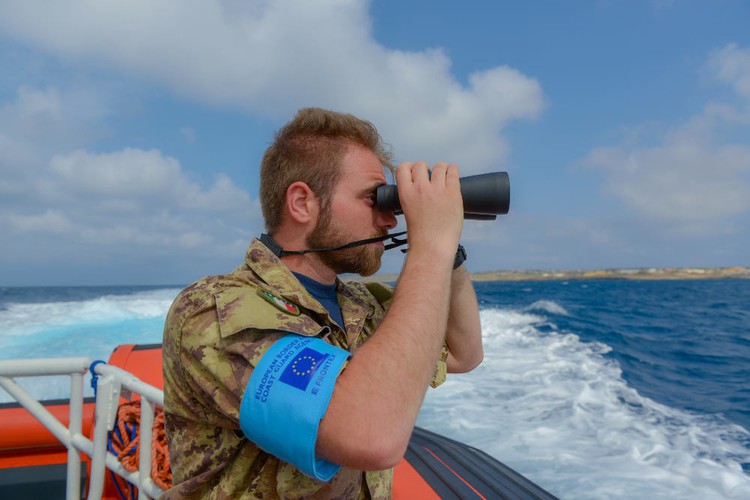In the first ten months of 2018, the number of illegal border crossings into the EU fell by 31% from a year ago to about 118 900, mainly because of lower migratory pressure in the Central Mediterranean. Two months before the end of the year, 2018 is on track to see the lowest number of illegal border crossings since 2013, Frontex reported.
In October, some 16 000 illegal border crossings were detected on the main migratory routes into the EU, close to the figure from the same month of last year.
Western Mediterranean
Last month, the Western Mediterranean migratory route accounted for nearly 60% of all detections of illegal borders crossings into the EU. The number of migrants reaching Europe via this route reached nearly 9 400 in October, more than twice the number from the same month of last year.
In the first ten months of 2018, close to 45 900 irregular migrants arrived through the Western Mediterranean route, more than double the figure from the same period a year ago.
Nationals of Morocco, Guinea and Mali accounted for the highest number of irregular migrants crossing this route this year.
Eastern Mediterranean
In October, the number of irregular migrants taking the Eastern Mediterranean route stood at 5 700, nearly the same as in October 2017. Because of a significant increase of illegal crossings in recent months on the land border with Turkey, the total number of migrants detected on the Eastern Mediterranean route in the first ten months of the year rose by 37% to around 47 100. The increase at the sea border was lower.
The largest number of migrants on this route so far this year were nationals of Syria and Iraq, although for the second consecutive month Afghans accounted for the most monthly arrivals.
Central Mediterranean
The number of migrants arriving in Europe via the Central Mediterranean route in September fell to about 800, down 87% from October 2017. The total number of migrants detected on this route in the first nine months of 2018 fell to roughly 21 600, 81% lower than a year ago.
So far this year, Tunisians and Eritreans were the two most represented nationalities on this route, together accounting for more than one-third of all the detected migrants there. They were trailed by nationals of Sudan, Pakistan and Nigeria.
Western Balkans
The main migratory route in the Western Balkans from Serbia to Hungary and Croatia continues to see low numbers of irregular migrants. However, a parallel route via Albania, Montenegro and Bosnia and Herzegovina, as well as from Serbia to Bosnia Herzegovina, has seen continuing migratory pressure.
Note: The data presented in this statement refer to the number of detections of irregular border-crossing at the external borders of the European Union. The same person may attempt to cross the border several times in different locations at the external border.



